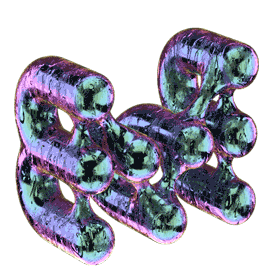
















Always Now
Václav Kopecký has a long-standing interest in the oscillation of photography on the edge of time and space. The central motif of the exhibition Always Now is the shape of a circle or sphere, which functions as an experimental model that can open up new, alternative worlds. A cyclist falls off his bicycle, a yacht crosses the horizon, film lights come on, again and again differently, always now.
That photography can stop time is obvious. But what happens if we start to layer and bend the separated samples of photographic time? Is that frozen and twisted photographic time different from ours? And doesn’t each photograph then hide its own, completely autonomous world?
Václav’s laconic phrase “Always Now” is an attempt to define the relationship between photography and time. He tries to capture these paradoxes in his sophisticated collages and assemblages. The circular cut-outs can be seen here as a kind of metaphor for the eye, while the original technical image in the shape of a rectangle (or square) is the result of machine vision. The two modes overlap in Václav’s works and intertwine into new models of space and time that refute their apparent singularity. Bubbles of time suddenly emerge alongside and behind each other, creating new, multiplied worlds that mirror reality in a way that defies the established rules of photography and the common perception of modern linear time. Flusser’s thesis of the magical primordialism of photography returns here, showing time not as a continuous, unstoppable plot, but as images that cluster and coalesce into ornaments and shapes.
The depicted reality thus unfolds into parallel “ifs” and “elsewheres”, into individual and fictional times and spaces. In the end, it is no longer a question of what we see exactly, but of the paths our vision takes in the process. The circle, which is here a symbol not only of seeing but also of consciousness, eventually abstracts into a sphere, an infinite sum of all possibilities that we will never see.



